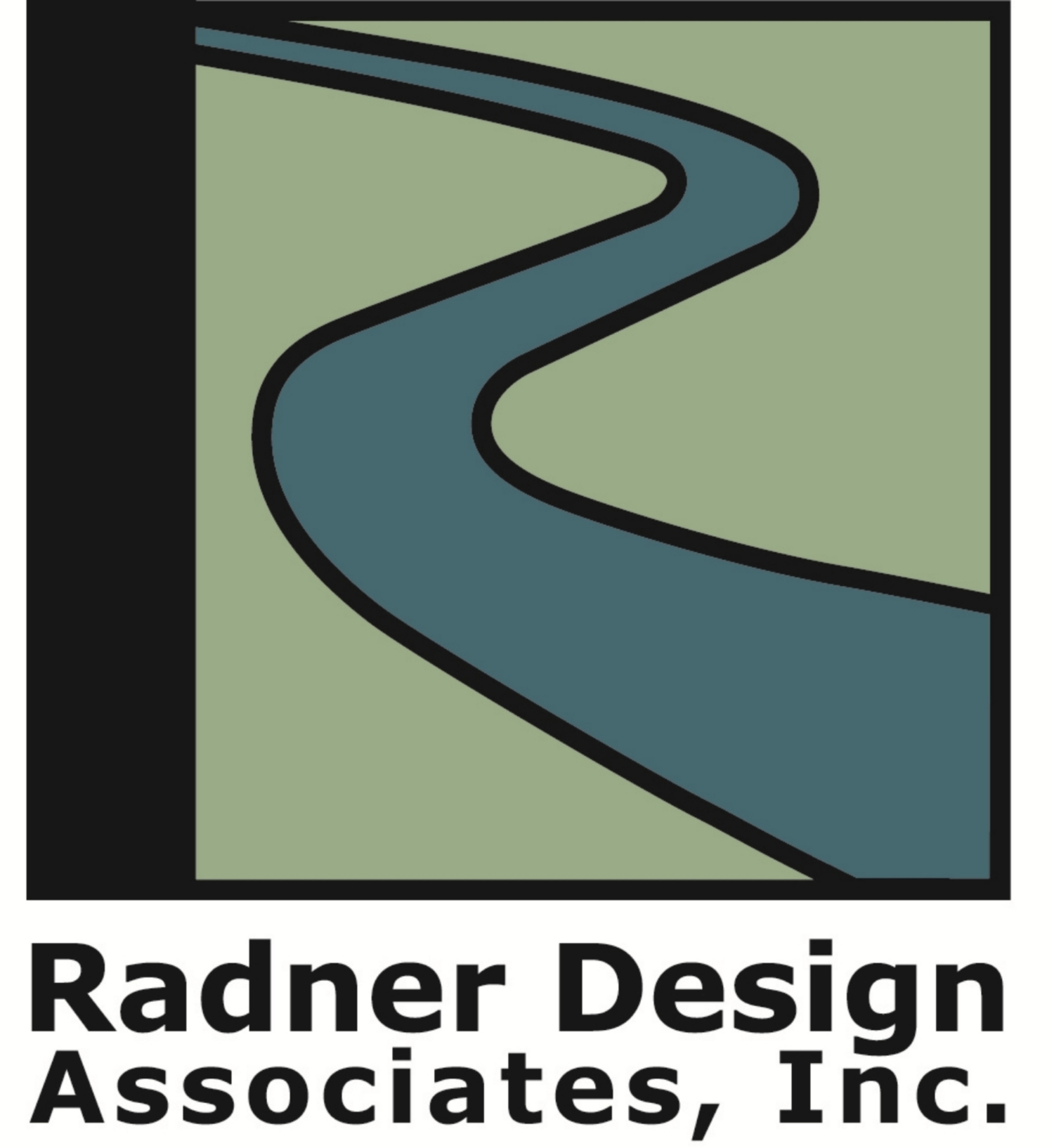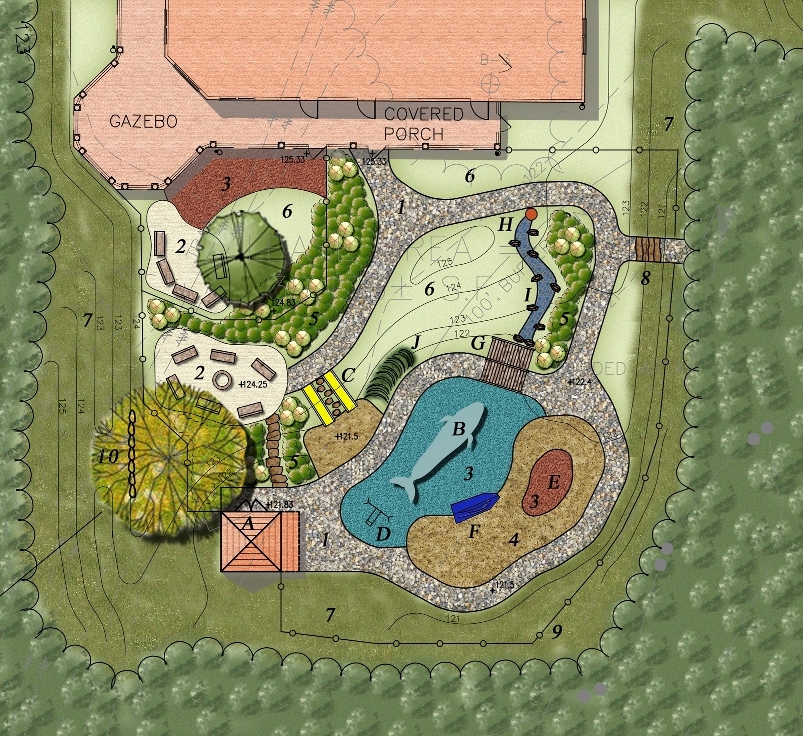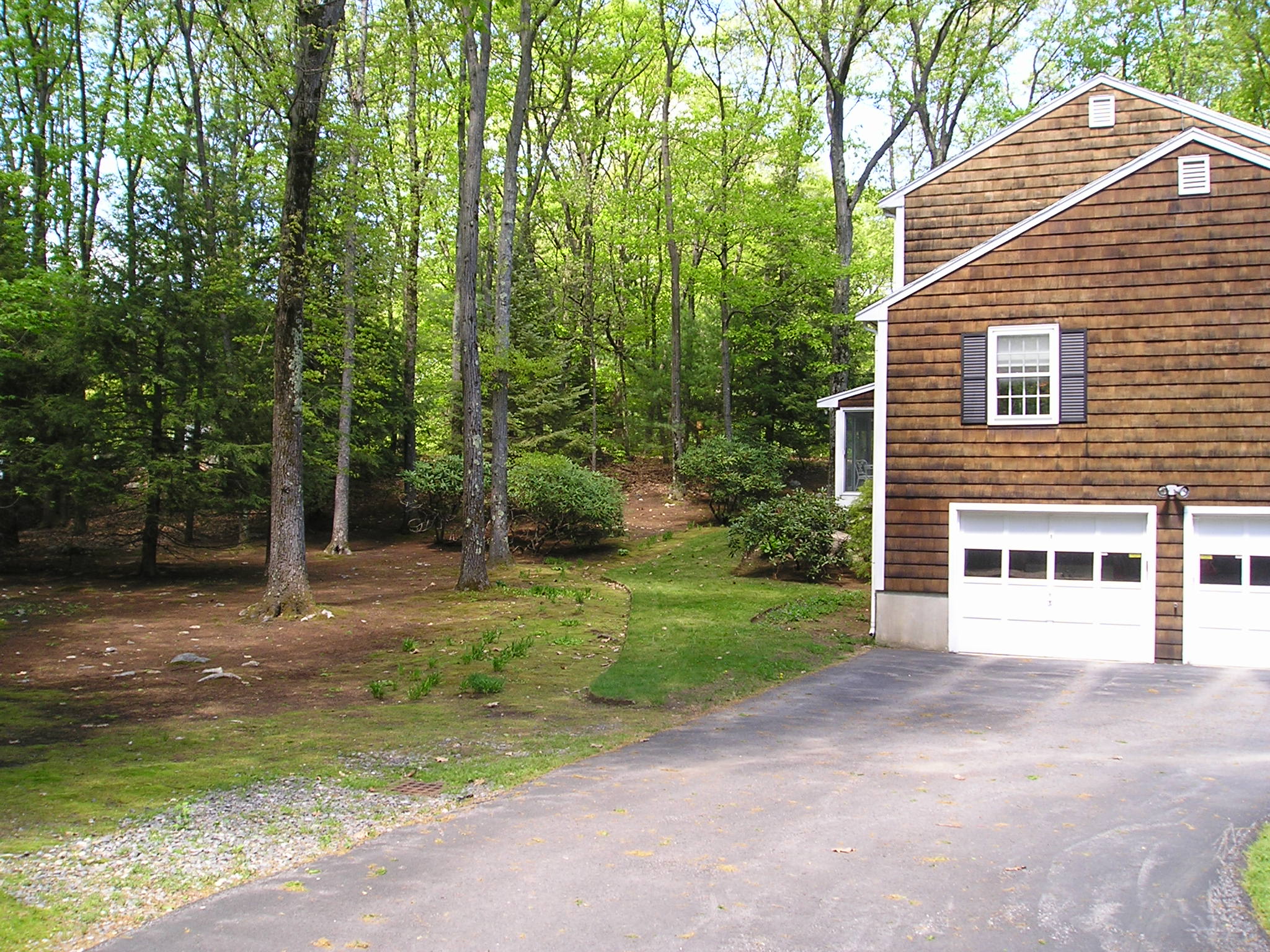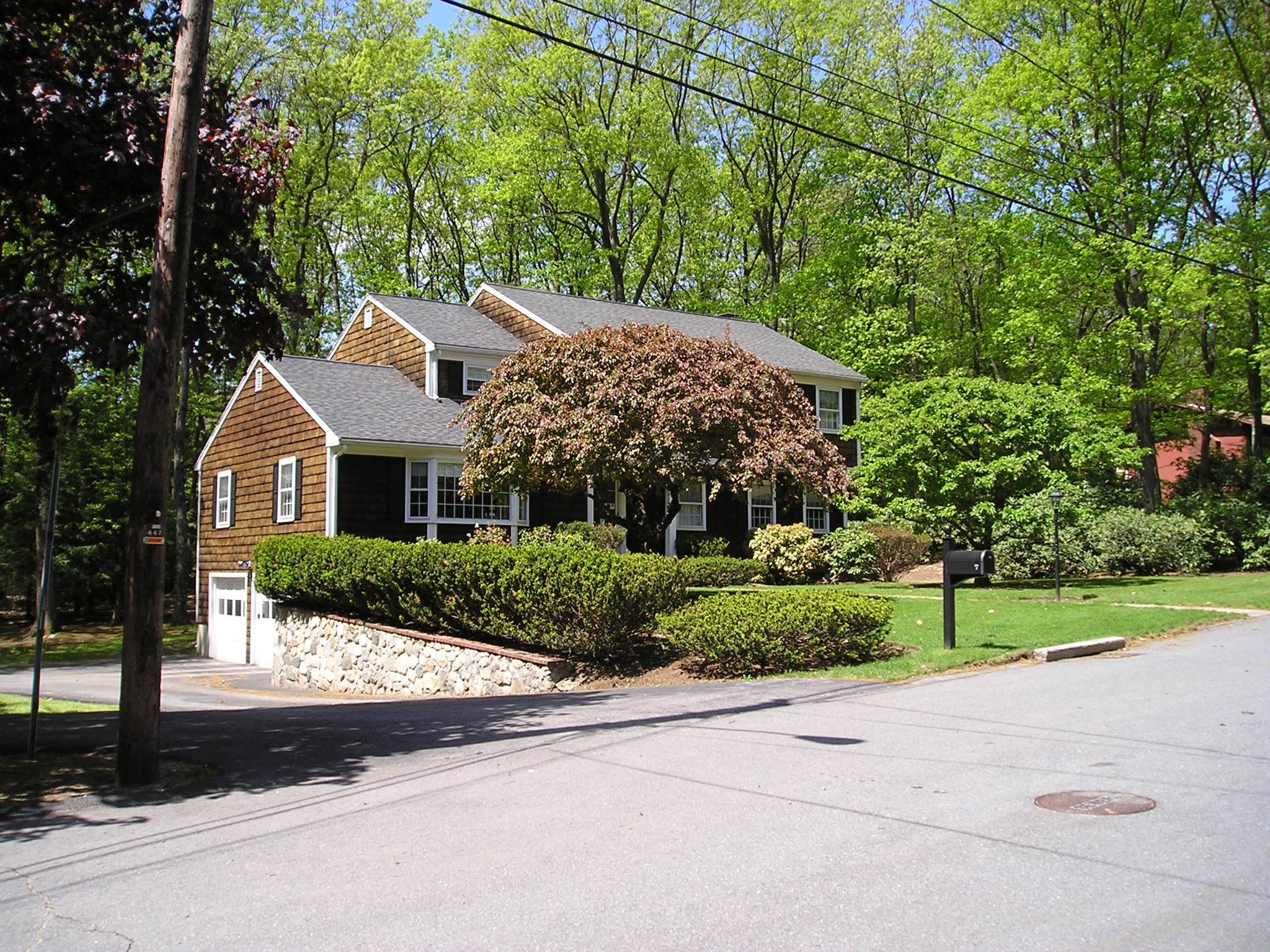One of the most important aspects of planting design is seasonal interest. Too many designers don’t think about what the landscape will look like when the weather is at its worst. I’m not talking about when there’s a fresh coating of snow over everything. Snow can cover a multitude of sins. I’m talking about those dreary, short, gray winter days like in December and late February through early April. There are no leaves on the trees or the flowering shrubs, the perennials have died back and the grass has that grayish pall.
Obviously, every landscape should have some evergreens, but too many will result in a boring landscape for the other 3 seasons. I like to use ornamental grasses, evergreen groundcovers and shrubs that stay green or turn interesting colors, and even flowering shrubs that lose their leaves but have branching that has interesting texture or color.
We completed a project this fall for a company that built a small conference center in an industrial area in Everett, MA (an industrial area in Everett; I guess that’s redundant). Anyway, this site is adjacent to a concrete plant, warehouses, and a metal scrap yard among other things. The pre-existing condition consisted of a concrete slab when we started; the remains of a warehouse that had been torn down a few years ago. Below the slab are contaminated soils that we could disturb only minimally.
We had little room for landscaping but it had to achieve maximum affect. Grass was out of the question. Even if we had the room, it seemed pointless to have to irrigate and mow a lawn every week in this context. Even planting trees didn’t seem right in this location. It is an extremely windy site, so we had to carefully select our plant palette.
Basically, we went with a seaside planting palette consisting of a combination of groundcovers, perennials, grasses and some shrubs for massing.
Here is a picture shortly after planting in September; Blue Pacific Shore Juniper in the foreground, Big Blue Lilyturf along the road, Hameln Fountain Grass in front of the low retaining wall (already losing it’s green color), and Shirobana Japanese Spirea is visible in the middle around the flagpoles.
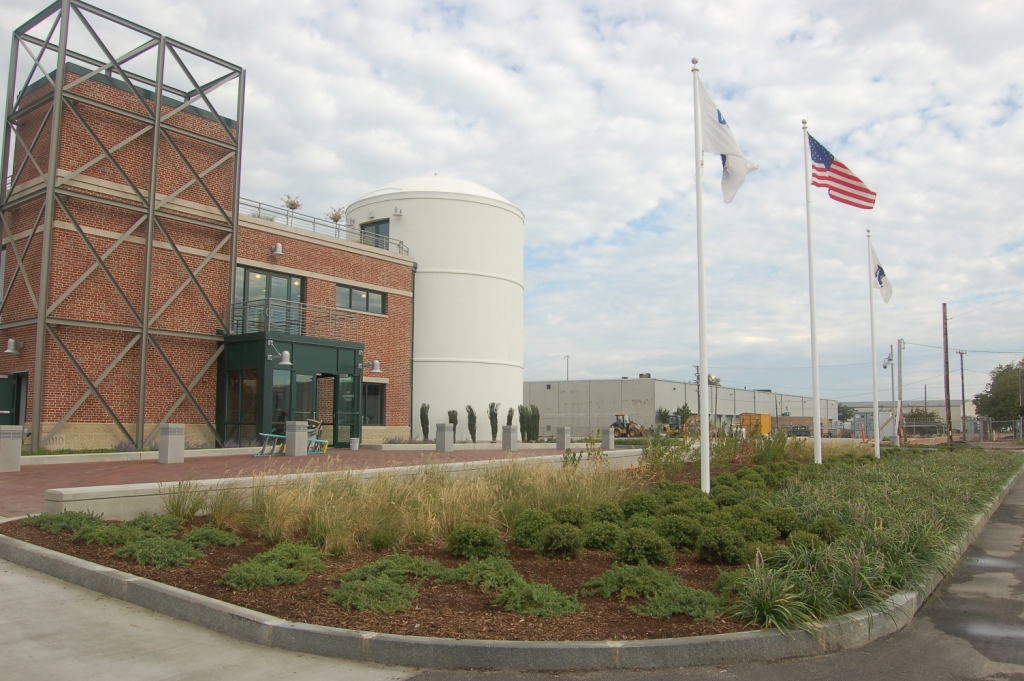
Below is the same view taken on December 15. Note the interesting contrast of colors. The Lilyturf retains is foliage all winter; the Fountain grass turns a pleasing sandy color, and even the spirea has an interesting purple tinge. The groundcover junipers will grow together over time and cover the mulch.
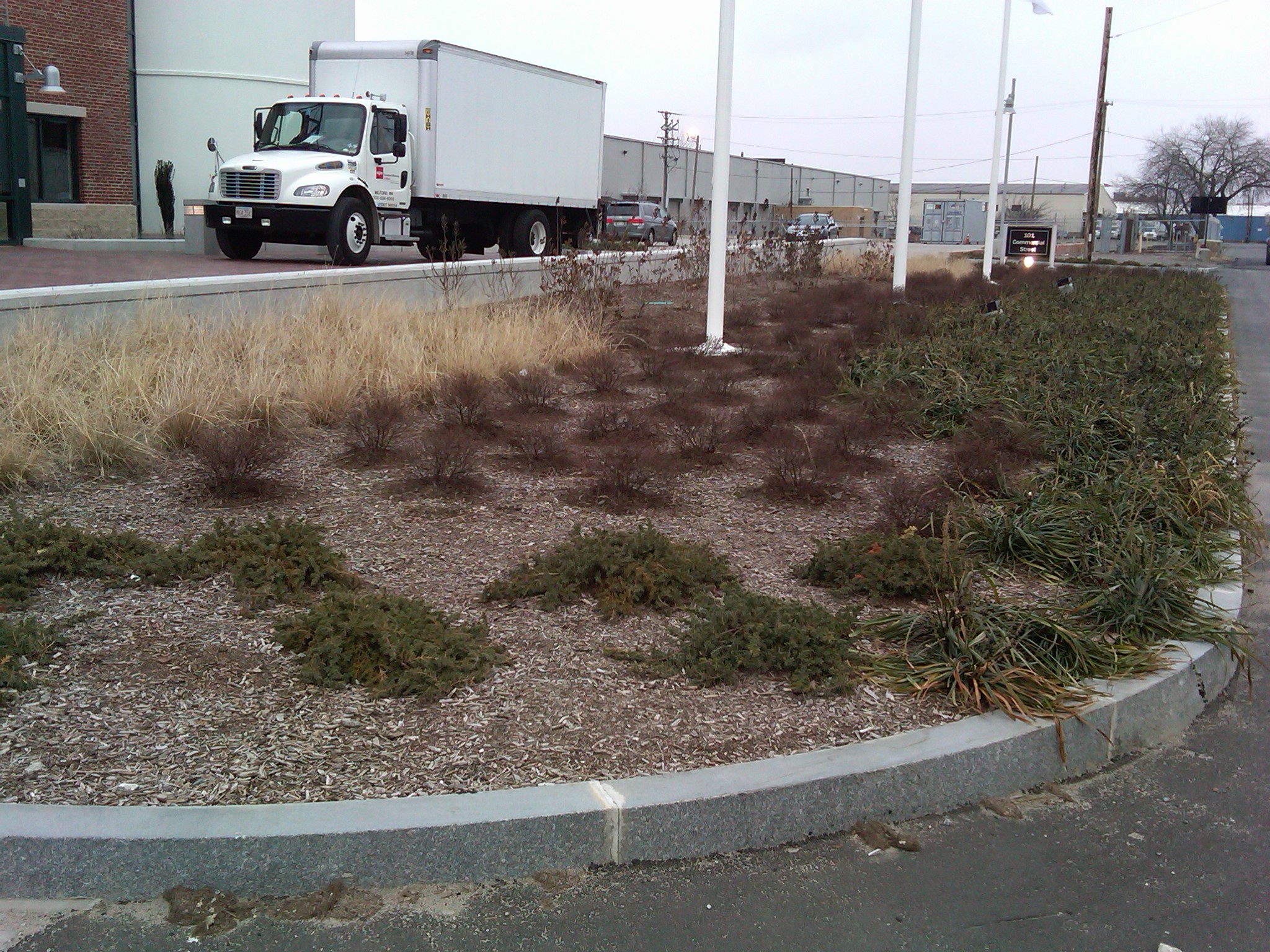
Key to the design is the massing of species. We would not have had nearly the same effect if we had not grouped multiple plants over large areas.
Here’s another view close to the building. We used low groundcovers near the masonry so as to allow the architecture to shine. Vinca minor on the left, and Catmint just behind the curb. Sky Pencil Hollies are in the background providing contrast to the white architectural element on the building.

There is an automatic irrigation system; an ultra efficient drip tubing system under the mulch so it is invisible. As the plants mature and become acclimated over a few years, the watering regimen will decrease and eventually may only be turned on in times of summer drought. There is also a French drain system underneath due to poor soil conditions.
Planted elsewhere on the site are Daylilies, Sedum ‘Autumn Joy’, Salvia ‘May Night’ and Russian Sage (Perovskia).
The pavers are Hollandstone, Heritage Brown with an Il Campo finish and a wet look sealant by Unilock. The lighted concrete bollards are by Architectural Area Lighting.
Project Team:
Owner: Distrigas GDF Suez
Architect: Ganek Architects
Civil Engineer: McKenzie Engineering Group
General Contractor: Berry Construction
Landscape and Irrigation Contractor: Prime Landscape
